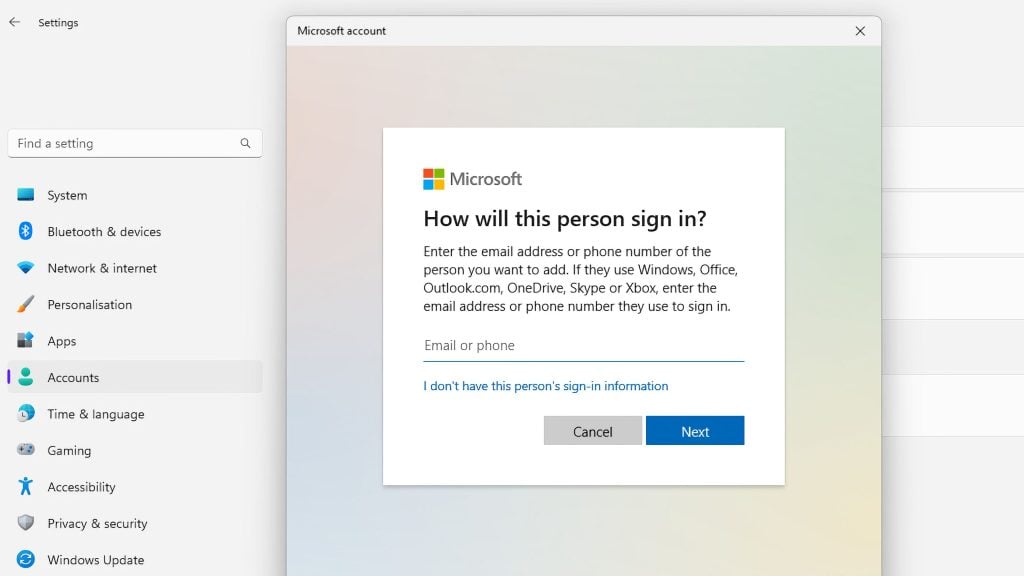Developers behind the /e/ operating system, /e/OS, have announced major upgrades to the new version of the software.
/e/OS is focused on data privacy and is designed to offer alternatives to Apple and Google’s mobile operating systems that are either fully or partially proprietary. The latest upgrades aim to extend the use of two models of Samsung Galaxy devices, S9 and S9+, and the main goal this time is to contribute to preventing unnecessary creation of e-waste – which in 2018 alone reached 50 million tons.
Additional support will continue to be provided for these phones until 2023 at least, a blog post said.
At the same time, the post revealed that in addition to the pair of 4-year-old phones, 6-year-old Samsung Galaxy S7, S7 Edge and the 5-year-old Samsung Galaxy S8 could also receive the same upgrade later.
The upgrades that are now being rolled out will see /e/OS transition from Android Open Source Project (AOSP) 8 to AOSP 10 with a simple update, the post said, noting that this version brings with it new features of the operating system, as well as the latest security patches.
The main purpose of the upgrades is to make sure the mobile devices can be used past the phone manufacturer’s deliberate limitations, forced by discontinuing Android updates. This prompts consumers to buy new devices despite the fact those they already have may be perfectly usable.
Referring to this practice as planned obsolesce that “encourages” people to buy new phones every two or three years, those behind /e/OS stress that their intent is to counter it by pushing upgrades that give a new lease on life to devices like Galaxy S9 and S9+.
The business model of purposefully crippling security and usability of phones and tablets by cutting off upgrades – practiced both by Android manufacturers and by Apple – has the consequence of creating “an environmental disaster” – since only 20% of discarded devices are recycled, said the blog post.
/e/OS is developed by a foundation that states its goal is to create technology that respects user privacy and is accessible to everyone – thus trying to reverse the trend of phones becoming surveillance devices, where the interests of the advertising market and governments are put above those of users.






















